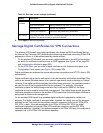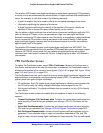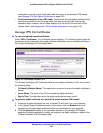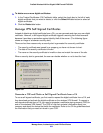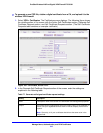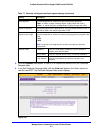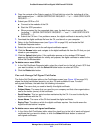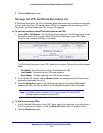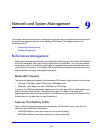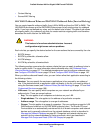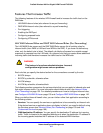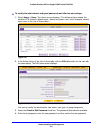
314
9
9. Network and System Management
This chapter describes the tools for managing the network traffic to optimize its performance and
the system management features of the wireless VPN firewall. This chapter contains the
following sections:
• Performance Management
• System Management
Performance Management
Performance management consists of controlling the traffic through the wireless VPN firewall
so that the necessary traffic gets through when there is a bottleneck. You can either reduce
unnecessary traffic or reschedule some traffic to low-peak times to prevent bottlenecks from
occurring in the first place. The wireless VPN firewall has the necessary features and tools to
help the network manager accomplish these goals.
Bandwidth Capacity
The maximum bandwidth capacity of the wireless VPN firewall in each direction is as follows:
• LAN
side. 8000 Mbps (eight LAN ports at 1000 Mbps each).
• W
AN side. 1000 Mbps (one active WAN port at 1000 Mbps).
In practice, the WAN-side bandwidth capacity is much lower when DSL or cable modems are
used
to connect to the Internet: The typical traffic rate is 1.5 Mbps. As a result, and
depending on the traffic that is being carried, the WAN side of the wireless VPN firewall is the
limiting factor for the data rate for most installations.
Features That Reduce Traffic
You can adjust the following features of the wireless VPN firewall in such a way that the
traffic load on the WAN side decreases:
• LAN
WAN outbound rules (also referred to as service blocking)
• DMZ W
AN outbound rules (also referred to as service blocking)



